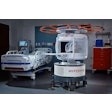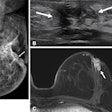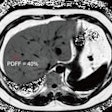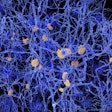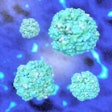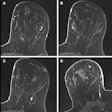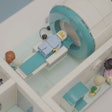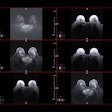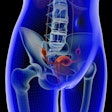A deep-learning model used with dynamic contrast-enhanced breast MRI (DCE-MRI) helps predict pathological complete response (pCR) following chemotherapy in women with breast cancer, researchers have reported.
The findings are promising, as early pCR prediction is "crucial for personalized treatment planning," according to a team led by Chaowei Wu, PhD, of Cedars-Sinai Medical Center in Los Angeles. The study results were published July 9 in Radiology: Artificial Intelligence.
"The model [we developed] integrating clinicopathological data, shape radiomics, and [retrospective pharmacokinetic quantification, or RoQ] radiomics provides more accurate and consistent pCR predictions following neoadjuvant chemotherapy in patients with breast cancer compared with existing methods," the team wrote.
Response rates to chemotherapy vary from 19% to 30%, the researchers explained, noting that since pCR is a "strong predictor of breast cancer prognosis, correlating with reduced tumor progression, lower rates of distant recurrence, and improved survival outcomes," predicting it is key to setting effective treatment strategies. DCE-MRI is a noninvasive way to assess tumor progression and perhaps to predict pCR.
The investigators sought to improve the generalizability of pCR prediction for women who underwent chemotherapy for breast cancer using DL-based RoQ of DCE-MRI exams via a study that included MRI data acquired between May 2002 and November 2016 from 1,073 patients with breast cancer. The researchers carried out radiomic analysis on RoQ maps and on conventional enhancement maps, then used these data -- along with clinical/pathologic variables -- to predict pCR. They assessed the deep-learning model's prediction performance using the area under the receiver operating characteristic curve (AUC) measure.
Overall, the group reported that the deep-learning model showed "improved consistency and generalizability compared with the reference method [i.e., conventional enhancement maps], achieving higher AUCs across external datasets (0.82)." It also noted that the model's accuracy was 69%, sensitivity 95%, and specificity 59%.
 Representative RoQ pharmacokinetic maps from two female patients with breast cancer who did not achieve pCR (64-year-old, HR-negative/HER2-negative) and did achieve pCR (50-year-old, HR-positive/HER2-negative). pCR = pathologic complete response, HR = hormone receptor, HER2 = human epidermal growth factor receptor 2. Images and caption courtesy of the RSNA.
Representative RoQ pharmacokinetic maps from two female patients with breast cancer who did not achieve pCR (64-year-old, HR-negative/HER2-negative) and did achieve pCR (50-year-old, HR-positive/HER2-negative). pCR = pathologic complete response, HR = hormone receptor, HER2 = human epidermal growth factor receptor 2. Images and caption courtesy of the RSNA.
"This work offers a novel approach to improve the generalizability and predictive accuracy of pCR response in breast cancer across diverse datasets, achieving higher and more consistent AUC scores than existing methods," the investigators concluded.
The full study can be found here.


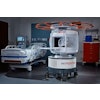
.fFmgij6Hin.png?auto=compress%2Cformat&fit=crop&h=100&q=70&w=100)
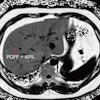

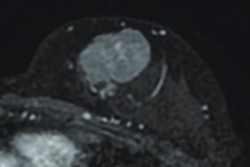
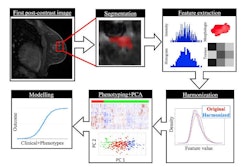
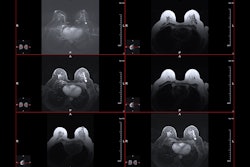
.fFmgij6Hin.png?auto=compress%2Cformat&fit=crop&h=167&q=70&w=250)
